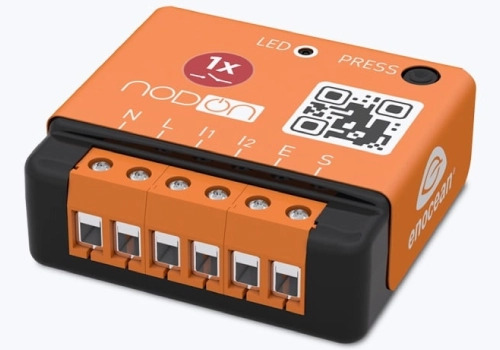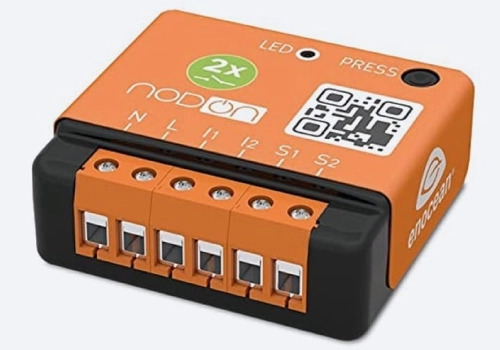A relay switch works within an electronic system, receiving electrical signals and sending them forward to another component or relay. As opposed to manual switches that need physical intervention to control the flow of energy or the operation of a system, relay switches react automatically.
This functionality makes the relay switch incredibly useful for automation in smart buildings, homes, and across industries. At its core, a relay switch uses an electromagnet to control the opening or closing of another circuit. When an electrical signal is sent to the relay, it energises the electromagnet, which in turn operates the mechanical switch. This process allows a low-power signal to control high-power circuits, enabling tasks that would otherwise be difficult or unsafe to manage manually.
The advantages of smart relay switches lie in their ability to handle tasks autonomously and respond to external triggers in mere fractions of a second. For example, they are often used in situations where a small electrical stimulus must provoke a larger, more significant response, such as switching on industrial machinery or automating lighting systems in smart buildings. Their versatility makes them suitable for a wide range of applications, from simple household automation to advanced industrial controls.
In recent years, innovations in relay technology have expanded their capabilities. The EnOcean range of switch relays, for instance, is a modern example of how traditional relay technology is evolving. Compact and efficient, the 1-channel relay can integrate seamlessly into smart home systems, supporting devices with up to 2,300W of power. Meanwhile, the 2-channel EnOcean switch offers dual-channel operation, enabling independent control of two appliances or circuits, making it ideal for lighting systems and other automated set-ups you may need within your building. Both devices are compatible with the EnOcean protocol, allowing for remote commissioning and enhanced flexibility.
Despite their many advantages, relay switches do have some drawbacks. Electromechanical relays, in particular, can be slow to respond compared to solid-state alternatives, making them less suitable for high-speed applications. Additionally, they may require more maintenance due to mechanical wear and tear.
Relay switches play a crucial role in bridging the gap between manual and automated systems. Their ability to control high-power devices with low-power signals ensures they remain a vital component of modern technology, especially as smart homes and buildings continue to grow in popularity.











